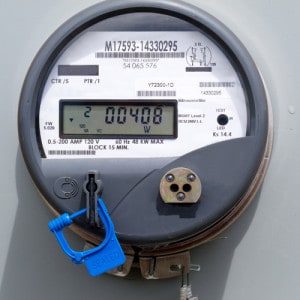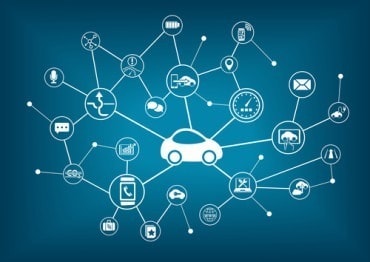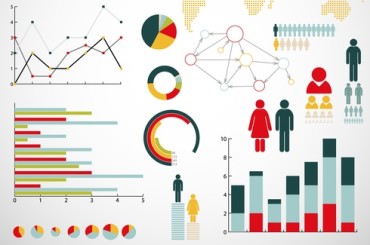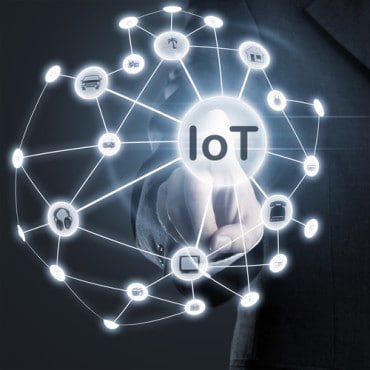
As smart grid projects take off, especially on the distribution network, utilities must make the case for real-time analytics.
The explosion in solar panels, electric vehicles, energy-storage devices and smart appliances opens up new pricing models and new ways of managing the electric grid. These “smart grid” initiatives encompass everything from power production to delivery to controlling a specific appliance in a home.
Real-time applications for energy production and delivery include on a large scale include:
- Optimizing production for a power plant—whether a natural-gas fired facility, wind turbines, or large solar farm. This could include sophisticated variables, such as predicting how cloud cover affects solar power output or the effect of wind speed on wind turbine efficiency.
- Predictive maintenance.
- Real-time energy trading in wholesale markets.
- Using drones to monitor transmission assets.
- Installing synchrophasors on the transmission network to record data every 30 to 120 times per second, allowing grid operators to detect disturbances never seen before and keep the grid running at a stable frequency.
- Automated shut-off valves and leak detection on natural gas pipelines.
- Demand response, which allows a customer, or collection thereof, to respond to a real-time signal to curb energy demand—for example during periods of peak pricing or a sudden reliability issue on the grid.
- Load response, under which an energy storage device—say for example a lithium-ion battery, whether in stand-alone form or in an electric vehicle (EV), reacts to a signal to charge off the grid. This could occur in conditions of excess power on the grid when power prices are low.
On a distributed scale, smart grid applications include:
- Smart meters for outage detection, energy use profiling, customer billing, and detection of energy theft, which is estimated to cost utilities $6 billion a year.
- Microgrids and building-energy management using predictive analytics, accounting for inputs such as weather, building energy use, and building temperature.
- Real-time pricing, or dynamic pricing, for commercial, industrial, and residential customers.
- Demand response for residential and commercial customers.
- Outage and fault detection on distribution lines, and self-healing capabilities.
- Voltage regulation.
Real-Time Utilities and the Smart Grid
These examples are by no means all-inclusive—there are several more such as asset and long-range load planning that fall under the rubric of “Big Data”—but what’s key is that the hardware that enables these applications already exists and is being deployed by forward-thinking utilities. Devices include smart meters, smart thermostats, solar panels, lithium-ion batteries, intelligent lighting, and various kinds of sensors.
The adoption of smart devices in the energy industry is being driven by several forces, including:
- Regulations that mandate investments in clean energy sources such as wind, solar, and energy efficiency.
- The need to manage variable-energy sources on a real-time basis.
- Falling prices for solar panels and energy storage devices.
- The need to replace aging utility infrastructure.
What this means is that utilities will have at their disposal increasing amounts of granular data, whether that’s just from one power plant, a distribution node, or a smart city. The question is what to do with that data, and how to make a business case for the investment in smart grid and data analytics.
A 2015 “Strategic Directions: Smart Utility Report” from Black & Veatch points to a “high number of cities, privately owned utilities and other providers on the sidelines of the automation movement.” A “surprising number of utilities, city governments and other service providers have no plans to implement smart grid projects,” the report states. They are “focused on the costs of maintaining and replacing outdated equipment” and “are unconvinced that smart grid technologies and automation are critical. Others are kept away by investment-return pressures. Those concerns, while significant, carry risk.”
For distribution automation initiatives, utilities must either get rate recovery in excess of costs or realize operational savings in excess of the investment, according to the report. For regulated utilities, this means getting approval from a local regulatory agency. Black & Veatch advises utilities to create a comprehensive plan for their smart grid initiatives that includes an “aggressive customer education component to instill trust and preempt suspicions about the utility’s motives.”
Want more? Check out our most-read content:
Frontiers in Artificial Intelligence for the IoT: White Paper
IoT’s Value? It’s Mostly in Traditional Business
Research from Gartner: Real-Time Analytics with the Internet of Things
Report: Text Analytics Must Move Beyond Social
Why Enterprises Struggle with Apache Storm and Spark Streaming
Liked this article? Share it with your colleagues using the links below!





























